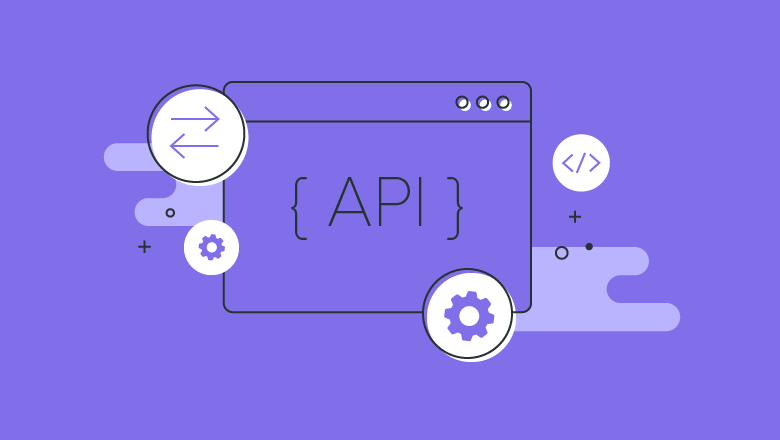Today’s organizations know by now that APIs (Application Programming Interface) is becoming more common than ever before to enable communication between applications and end-users. Ranging from your car telling you where the nearest fuel station is to your phone weather and sports updates. However, these tools are used and no matter what decides are connected ultimately you will want to rest assured that these are secure.
The current challenges exist as more and more APIs play a critical role in accelerating innovation and for starters, these tools are becoming easier to exploit. Gartner predicts that by 2022 this API abuse will become the most frequent attack vector resulting in data breaches for enterprise web applications with more and more organizations sharing their APIs as the opportunity for bad actors to take advantage of security vulnerabilities increases.
The applications are being churned out faster than security and DevOps teams can secure them. This can often mean that today’s security solutions are often too slow to keep up with the organization’s need to mitigate risk leading to frustration and confusion among different stakeholders wanting to be agile while not compromising on security.
The DevOps want the freedom and flexibility to create APIs that meet their business requirements. In doing so the security tools that are owned and managed by developers often leave security teams out of the mix. Visibility across the board comes into play and a lack thereof can often equal a bottleneck in the process to publishing.
Benefits
Automatic technology: with API security the computers can control the works and the organizations can update the workflow to make the process faster than before and helps to more productivity.
Integration: The tool permits content to be fixed from any application more effectively. This ensures more fluid data delivery and unified user experience.
More latitude: These application layers can be designed which are beneficial to provide information and services for new clients that can be customized to generate user experience.
Barriers faced
Time consumption: The consumption of time huge barriers in this application as it consumes more time for testing
Human error: As this security tool is not completely controlled through automation it requires the human brain as developers may fail to be perfect in every stage of the process.
Succeeding with API security
Imperfect get ahead of these challenges and enables you to succeed with API security.
Whenever you create your API using the open API specification which is originally known as a swagger file pervis API security will automatically generate a positive security model on your behalf based on your profile documentation. You are not only protecting your website and security tools but you also benefit from a single panel of glass with the ability to take advantage of our other market-leading analyst’s recognized solutions found, then all three flex protect tiers that these securities come standard within and lastly you make it easy to fit this security into your existing CICD (Continuous Integration/ Continuous Delivery) processes and management vendors such as Red Hat 3 scale, Amazon AWS and Microsoft Azure.

